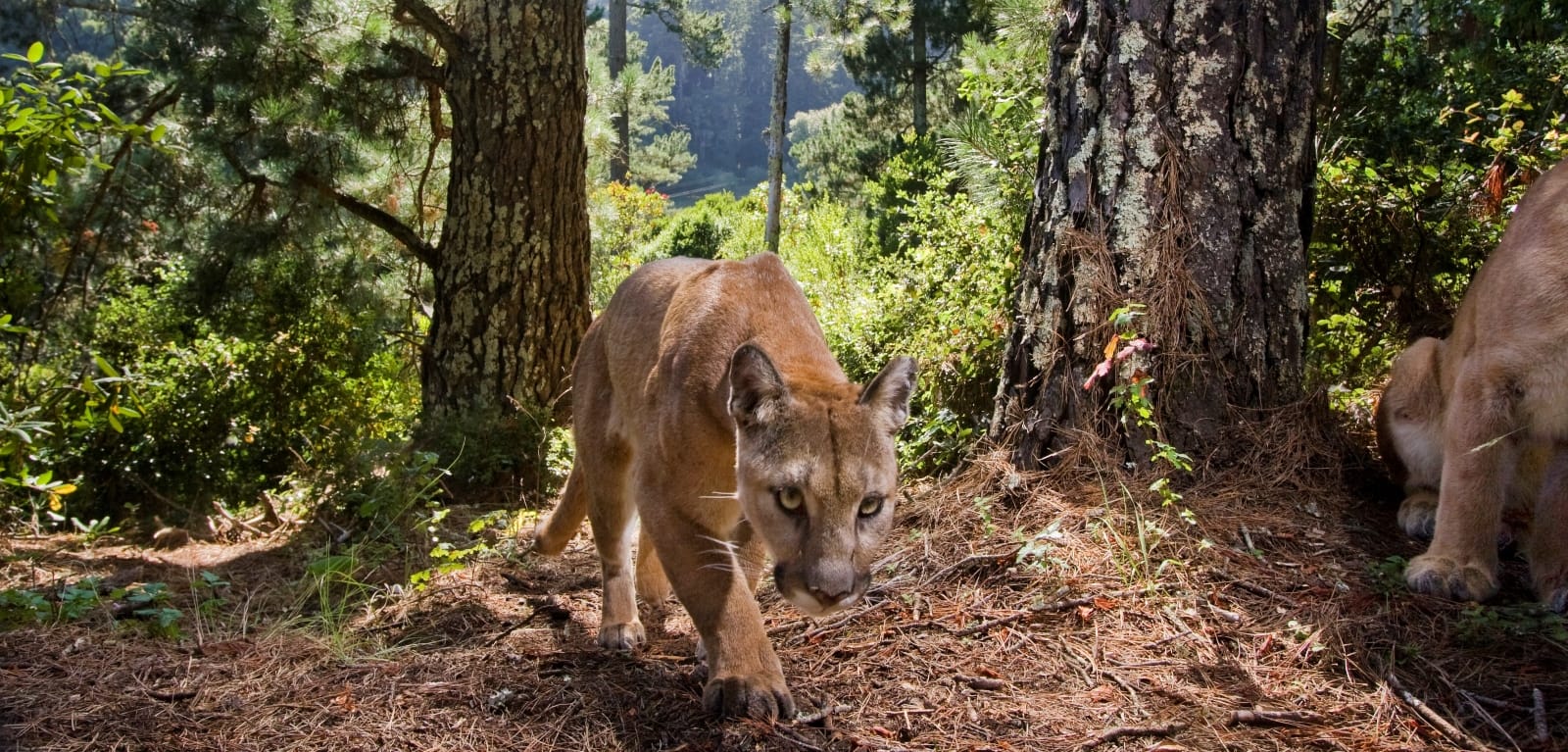Mountain lions (Puma concolor) are an iconic and ecologically important species in the western United States. However, their populations are facing numerous threats, including habitat fragmentation, human-caused mortality, and climate change. In recent years, human recreation in mountain lion habitats has increased significantly, leading to concerns about the impact of human activity on mountain lion behavior and ecology.
To investigate the effects of human recreation on mountain lions, a team of researchers from the University of California, Berkeley, and the California Department of Fish and Wildlife conducted a comprehensive study in the Sierra Nevada mountain range. The research team, led by Dr. Rachel Lundquist, used a combination of GPS collars and camera traps to monitor the behavior of mountain lions in areas with high levels of human recreation.
The study, which was published in the journal PLOS ONE, analyzed data from 30 mountain lions fitted with GPS collars and 100 camera traps deployed in areas with varying levels of human recreation. The researchers found that mountain lions in areas with high human recreation activity adjusted their behavior to avoid encounters with humans. Specifically, they found that mountain lions in these areas:
1. Altered their activity patterns: Mountain lions in areas with high human recreation activity were more active at night and less active during the day, when humans are most active.
2. Changed their habitat use: Mountain lions in areas with high human recreation activity used more rugged and inaccessible terrain, such as steep slopes and rocky outcrops, to avoid human encounter.
3. Shifted their prey selection: Mountain lions in areas with high human recreation activity preyed more on smaller ungulates, such as deer fawns, and less on larger ungulates, such as adult deer.
The researchers also found that mountain lions in areas with low human recreation activity did not exhibit these behavioral changes. This suggests that human recreation is driving the behavioral adaptations observed in mountain lions.
The study’s findings have important implications for mountain lion conservation and management. Dr. Lundquist noted, “Our study highlights the need for conservation efforts to consider the impact of human recreation on mountain lion behavior and ecology. By understanding how mountain lions respond to human activity, we can develop more effective conservation strategies to protect this iconic species.”
The study’s results also underscore the importance of preserving large, contiguous habitats for mountain lions. By maintaining connectivity between habitats, mountain lions can move freely and adapt to changing environmental conditions, including human recreation.
In addition, the study’s findings suggest that human recreation can have unintended consequences for mountain lion ecology. For example, the shift towards preying on smaller ungulates may have cascading effects on ecosystem dynamics, such as changes in vegetation composition and structure.
To mitigate the impacts of human recreation on mountain lions, the researchers recommend several strategies, including:
1. Establishing recreation-free zones: Creating areas where human recreation is prohibited or limited can help reduce the impact of human activity on mountain lions.
2. Implementing recreational guidelines: Educating recreational users about mountain lion behavior and ecology can help reduce encounters between humans and mountain lions.
3. Conducting habitat restoration: Restoring degraded habitats and maintaining connectivity between habitats can help support mountain lion populations and reduce the impacts of human recreation.
In conclusion, the study provides valuable insights into the behavioral adaptations of mountain lions in response to human recreation. By understanding these adaptations, conservationists and managers can develop more effective strategies to protect this iconic species and maintain ecosystem integrity.



